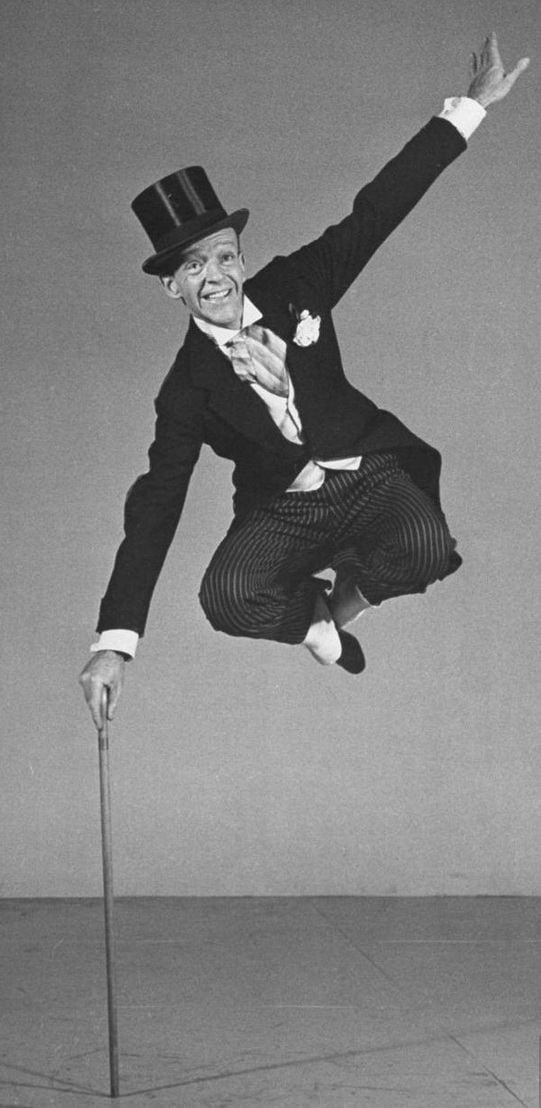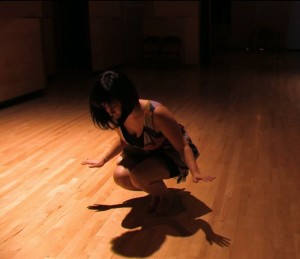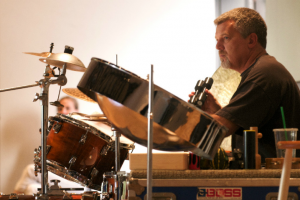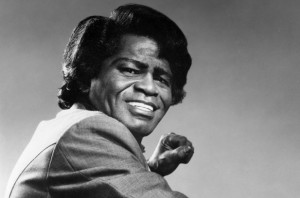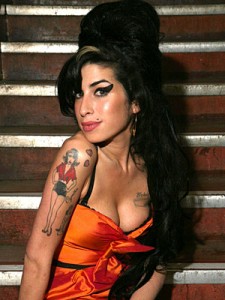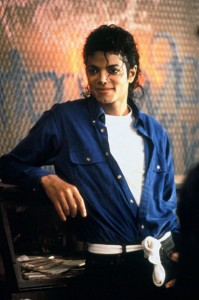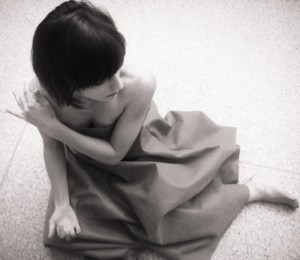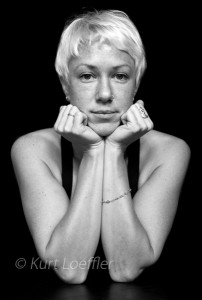HAPPY NEW YEAR!
Today for Tuesday Tunes we are featuring the works of…
Donald O’Conner
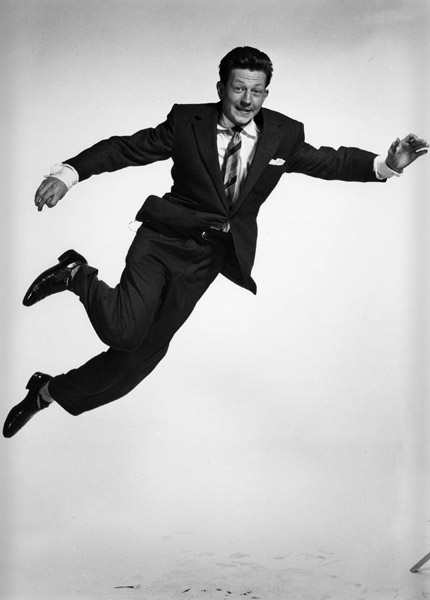
I was born and raised to entertain other people. I’ve heard laughter and applause and known a lot of sorrow. Everything about me is based on show business – I think it will bring me happiness. I hope so.
Though he considered Danville, Illinois to be his home town, O’Connor was born in St. Elizabeth Hospital in Chicago. His parents, Effie Irene (née Crane) and John Edward “Chuck” O’Connor, were vaudeville entertainers. His father’s family was from County Cork, Ireland.[3] When O’Connor was only a few years old, he and his sister Arlene were in a car crash outside a theater in Hartford, Connecticut; O’Connor survived, but his sister was killed. Several weeks later, his father died of a heart attack while dancing on stage in Brockton, Massachusetts.[4] O’Connor at the time was being held in the arms of the theater manager, Mr. Maurice Sims.
O’Connor began performing in movies in 1937. He appeared opposite Bing Crosby in Sing You Sinners at age 12. Paramount Pictures used him in both A and B films, including Tom Sawyer, Detective and Beau Geste. In 1940, when he had outgrown child roles, he returned to vaudeville. In 1942, O’Connor joined Universal Pictures where he played roles in four of the Gloria Jean musicals, and achieved stardom with Mister Big (1943).
In 1944, O’Connor was drafted into the Army. Before he reported for induction, Universal Pictures rushed him through production of three feature films simultaneously and released them when he was overseas. After his discharge, Universal (now reorganized as Universal-International) cast him in lightweight musicals and comedies.
In 1949, he played the lead role in Francis, the story of a soldier befriended by a talking mule. The film was a huge success. As a consequence, his musical career was constantly interrupted by production of one Francis film per year until 1955. It was because of the Francis series that O’Connor missed playing Bing Crosby’s partner in White Christmas. O’Connor was unavailable because he contracted an illness transmitted by the mule, and was replaced in the film by Danny Kaye.
O’Connor’s role as Cosmo the piano player in Singin’ in the Rain earned him a Golden Globe Award for Best Performance by an Actor in a Comedy or Musical. The film featured his memorable rendition of Make ‘Em Laugh. O’Connor was a regular host of NBC‘s Colgate Comedy Hour. He hosted a color television special on NBC in 1957, one of the earliest color programs to be preserved on a color kinescope; an excerpt of the telecast was included in NBC’s 50th anniversary special in 1976. In 1954, he starred in his own television series, The Donald O’Connor Show on NBC. In 1968, O’Connor hosted a syndicated talk show also called The Donald O’Connor Show.
O’Connor overcame alcoholism after being hospitalized in 1978. His career had a boost when he hosted the Academy Awards, which earned him two Primetime Emmy nominations. He appeared as a gaslight-era entertainer in the 1981 film Ragtime, notable for similar encore performances by James Cagney and Pat O’Brien. It was his first feature film role in 16 years.
O’Connor appeared in the short-lived Bring Back Birdie on Broadway in 1981, and continued to make film and television appearances into the 1990s, including the Robin Williams film Toys as the president of a toy-making company. He had guest roles in 1996 in a pair of popular TV comedy series, The Nanny and Frasier.
In 1998, he received a Golden Palm Star on the Palm Springs, California, Walk of Stars. O’Connor’s last feature film was the Jack Lemmon–Walter Matthau comedy Out to Sea, in which he played a dance host on a cruise ship. O’Connor was still making public appearances well into 2003.
The most distinctive characteristic of O’Connor’s dancing style was its athleticism, for which he had few rivals. Yet it was his boyish charm that audiences found most engaging, and which remained an appealing aspect of his personality throughout his career. In his early Universal films, O’Connor closely mimicked the smart alec, fast talking personality of Mickey Rooney of rival MGM Studio. For Singin’ in the Rain, however, MGM cultivated a much more sympathetic sidekick persona, and that remained O’Connor’s signature image.
O’Connor nearly died from pneumonia in January 1998. He died from complications of heart failure on September 27, 2003 at age 78 at the Motion Picture & Television Country House and Hospital, in Woodland Hills, California. His remains were cremated and buried at the Forest Lawn–Hollywood Hills Cemetery in Los Angeles. O’Connor was survived by his wife, Gloria, and four children. Gloria O’Connor died from natural causes on June 4, 2013, aged 84.
Incredible balloon dance!
Make ‘Em Laugh from Singin’ in the Rain
Walking My Baby Back Home
Fun Facts About Mr. Donald O’ Connor
Judy Garland, whom he knew as a child, was one of his best friends.
Was suppose to co-star with Bing Crosby in the perennial film classic White Christmas(1954) in 1954 but was sidelined with pneumonia and replaced by Danny Kaye.
Allegedly didn’t enjoy working with Gene Kelly while filming Singin’ in the Rain (1952), because he found him to be a bit of a tyrant on set.
Made his film debut at age 12 in Melody for Two (1937) with his two brothers, Jack O’Connor and Billy O’Connor, doing a specialty routine. Billy died a year or two later after contracting scarlet fever.
Despite failing health in 2003, he made appearances at the Roger Ebert Overlooked Film Festival and the opening of the Judy Garland Museum.
While he’s hesitant to select a favorite film, he’s quick to single out his favorite performance: “Call Me Madam (1953) – my favorite number is in there with Vera-Ellen. It’s the number I do out in the garden with her to “It’s a Lovely Day Today”. It’s a beautiful lyrical number. I think she was the best dancer outside of Peggy Ryan I ever danced with”.





